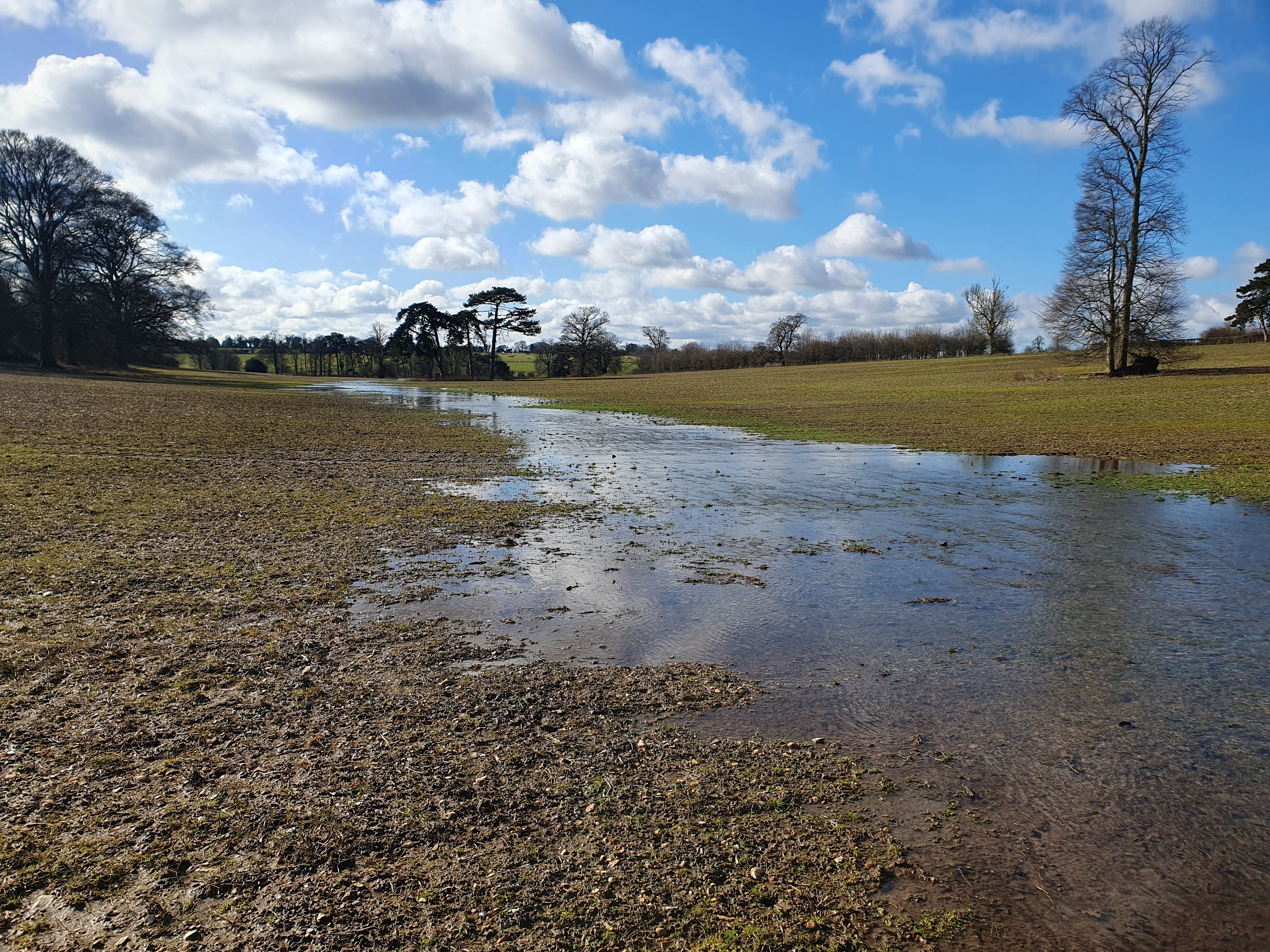Restoring the River Anton. A bold, collaborative vision to preserve a unique chalk stream habitat in Hampshire
The Wessex Rivers Trust is leading an ambitious new initiative to restore the health and resilience of Hampshire’s River Anton – from its chalk aquifer springs in the North Wessex Downs to its confluence with the River Test at Fullerton.
This project is part of a new national strategy from the Catchment Based Approach (CaBA) Chalk Streams Group, which has set out a comprehensive plan to protect these globally rare rivers. The Anton has been chosen as the flagship chalk stream within Southern Water’s operational area, with the goal of achieving full catchment-scale restoration by 2035.
The flagship approach aims to deliver a national network of catchment restoration projects that demonstrate what is possible, while acting as exemplars for the restoration of other chalk catchments.
At the heart of this strategy is the “trinity of ecological health”:
Water quantity – securing healthy flows.
Water quality – tackling all sources of pollution.
Physical habitat – restoring the river and its floodplain habitats.
By addressing all three together, the programme will deliver lasting benefits for both wildlife and local communities.
A River of Two Halves
The River Anton is a chalk stream of contrasts. In its upper reaches, it flows through the busy town of Andover. Further downstream, it meanders through tranquil rural landscapes.
This river supports iconic wildlife including Atlantic salmon, brown trout, otter, and water vole. Yet it also faces mounting pressures: pollution, rising public demand for water, and historic habitat damage, all of which are being intensified by climate change.
Working Together
The Anton Chalk Stream Resilience Programme is a true partnership effort. It brings together:
Southern Water – the primary funder, improving water infrastructure.
Test Valley Borough Council – linking the programme to town centre and river frontage improvements.
The Environment Agency and Natural England – providing regulatory oversight and expertise.
Local land managers and farmers – addressing challenges across the river catchment, from source to confluence.
Fishing interests such as the Piscatorial Society – with a long-standing connection to the Lower Anton.
Community groups, schools, and youth organisations – inspiring future river stewards.
Wessex Rivers Trust will lead the delivery of an accessible Catchment Restoration Plan, setting out the actions needed to achieve sustainable abstraction, reduce pollution, and restore the river and its floodplain habitats.
The Road Ahead
The restoration journey will take place over the next decade:
2025–2026: Baseline surveys, walkovers, and biological monitoring in the Upper Anton.
2026: Launch of an education and engagement programme for schools and communities.
2027 onwards: Major physical restoration works begin, continuing through to 2035.
By 2035: Full catchment-scale restoration of the River Anton.
How You Can Help
Everyone has a part to play in restoring and protecting the River Anton. You can:
Save water – every drop counts in a water-stressed catchment.
Protect water quality – only flush the ‘three Ps’ (pee, poo, and paper) and dispose of oils and chemicals responsibly.
Support habitats – make space for nature if you own riverside land.
Spread the word – share the Anton story in your community.
The River Anton is a precious chalk stream with a vital role to play in Hampshire’s landscape and ecology. With collective action, it can once again thrive as a resilient home for wildlife and a treasured resource for people.

